INCREASE IN CRITICAL CASES AND DEATHS
입력 2022.08.11 (15:13)
수정 2022.08.11 (16:45)
읽어주기 기능은 크롬기반의
브라우저에서만 사용하실 수 있습니다.
[Anchor Lead]
Korea reported 137,000 new cases as of 0:00 August 11th as Koreans return to their normal lives after vacationing. Such a rise in new cases can be blamed on the high traffic volume in recent weeks, much higher than in pre-pandemic days. Concerns mount over subsequent increases in the number of critical cases and deaths.
[Pkg]
Thursday's COVID-19 tally stood at around 130,000, fewer than the previous day, but the spread hasn't been contained yet. The number of imported cases still remains high at 522.
[Soundbite] Lee Ki-il(Central Disaster & Safety Countermeasures HQs) : "COVID-19 is spreading fast again. Korea stands to see about 200,000 new daily cases some time in August."
Authorities predicted around 150,000 daily cases during the peak of the resurgence, but now plan to announce a new projection that factors in vacation variables next week. Based on an analysis of the movement of cellphone users, the nationwide traffic volume for last week was up by more than five million cases compared to the same period in 2019 before the pandemic. There were 418 critical cases and 59 deaths, the highest level since May. One out of three deaths occurred in convalescent hospitals and other facilities prone to infection. Authorities decided to toughen disease control measures for high-risk groups and introduced exemplary cases in convalescent facilities. These include installing barriers between beds and separating COVID-19 infected patients from others.
[Soundbite] Park Hyang(Central Disasters Management HQs) : "The gov’t plans to publicize such exemplary and improved cases together with local governments. We will keep monitoring the facilities vulnerable to infection."
But on-site workers claim nothing can be done to improve the situation at the moment.
[Soundbite] (Convalescent Facility Employee(VOICE MODIFIED)) : "Many patients use wheelchairs or walkers and they all trip on the partitions. It’s impossible to set up such separators. They keep making such demands without giving us the funds needed."
There have been 116 cluster infections in convalescent hospitals and nursing facilities last month. The vacation factor is bound to leave a big impact on such facilities vulnerable to disease transmission.
Korea reported 137,000 new cases as of 0:00 August 11th as Koreans return to their normal lives after vacationing. Such a rise in new cases can be blamed on the high traffic volume in recent weeks, much higher than in pre-pandemic days. Concerns mount over subsequent increases in the number of critical cases and deaths.
[Pkg]
Thursday's COVID-19 tally stood at around 130,000, fewer than the previous day, but the spread hasn't been contained yet. The number of imported cases still remains high at 522.
[Soundbite] Lee Ki-il(Central Disaster & Safety Countermeasures HQs) : "COVID-19 is spreading fast again. Korea stands to see about 200,000 new daily cases some time in August."
Authorities predicted around 150,000 daily cases during the peak of the resurgence, but now plan to announce a new projection that factors in vacation variables next week. Based on an analysis of the movement of cellphone users, the nationwide traffic volume for last week was up by more than five million cases compared to the same period in 2019 before the pandemic. There were 418 critical cases and 59 deaths, the highest level since May. One out of three deaths occurred in convalescent hospitals and other facilities prone to infection. Authorities decided to toughen disease control measures for high-risk groups and introduced exemplary cases in convalescent facilities. These include installing barriers between beds and separating COVID-19 infected patients from others.
[Soundbite] Park Hyang(Central Disasters Management HQs) : "The gov’t plans to publicize such exemplary and improved cases together with local governments. We will keep monitoring the facilities vulnerable to infection."
But on-site workers claim nothing can be done to improve the situation at the moment.
[Soundbite] (Convalescent Facility Employee(VOICE MODIFIED)) : "Many patients use wheelchairs or walkers and they all trip on the partitions. It’s impossible to set up such separators. They keep making such demands without giving us the funds needed."
There have been 116 cluster infections in convalescent hospitals and nursing facilities last month. The vacation factor is bound to leave a big impact on such facilities vulnerable to disease transmission.
■ 제보하기
▷ 카카오톡 : 'KBS제보' 검색, 채널 추가
▷ 전화 : 02-781-1234, 4444
▷ 이메일 : kbs1234@kbs.co.kr
▷ 유튜브, 네이버, 카카오에서도 KBS뉴스를 구독해주세요!
- INCREASE IN CRITICAL CASES AND DEATHS
-
- 입력 2022-08-11 15:13:32
- 수정2022-08-11 16:45:25
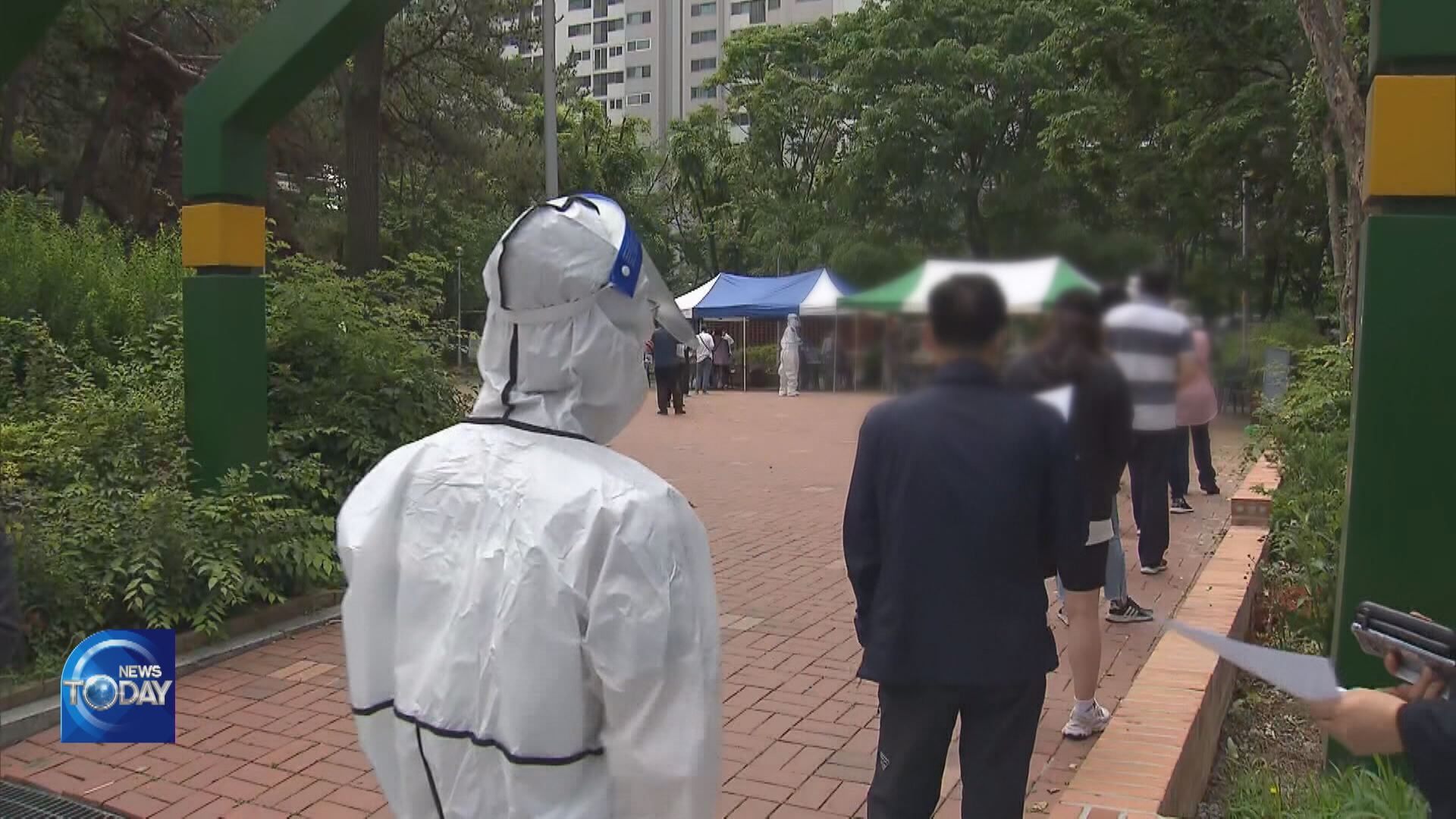
[Anchor Lead]
Korea reported 137,000 new cases as of 0:00 August 11th as Koreans return to their normal lives after vacationing. Such a rise in new cases can be blamed on the high traffic volume in recent weeks, much higher than in pre-pandemic days. Concerns mount over subsequent increases in the number of critical cases and deaths.
[Pkg]
Thursday's COVID-19 tally stood at around 130,000, fewer than the previous day, but the spread hasn't been contained yet. The number of imported cases still remains high at 522.
[Soundbite] Lee Ki-il(Central Disaster & Safety Countermeasures HQs) : "COVID-19 is spreading fast again. Korea stands to see about 200,000 new daily cases some time in August."
Authorities predicted around 150,000 daily cases during the peak of the resurgence, but now plan to announce a new projection that factors in vacation variables next week. Based on an analysis of the movement of cellphone users, the nationwide traffic volume for last week was up by more than five million cases compared to the same period in 2019 before the pandemic. There were 418 critical cases and 59 deaths, the highest level since May. One out of three deaths occurred in convalescent hospitals and other facilities prone to infection. Authorities decided to toughen disease control measures for high-risk groups and introduced exemplary cases in convalescent facilities. These include installing barriers between beds and separating COVID-19 infected patients from others.
[Soundbite] Park Hyang(Central Disasters Management HQs) : "The gov’t plans to publicize such exemplary and improved cases together with local governments. We will keep monitoring the facilities vulnerable to infection."
But on-site workers claim nothing can be done to improve the situation at the moment.
[Soundbite] (Convalescent Facility Employee(VOICE MODIFIED)) : "Many patients use wheelchairs or walkers and they all trip on the partitions. It’s impossible to set up such separators. They keep making such demands without giving us the funds needed."
There have been 116 cluster infections in convalescent hospitals and nursing facilities last month. The vacation factor is bound to leave a big impact on such facilities vulnerable to disease transmission.
Korea reported 137,000 new cases as of 0:00 August 11th as Koreans return to their normal lives after vacationing. Such a rise in new cases can be blamed on the high traffic volume in recent weeks, much higher than in pre-pandemic days. Concerns mount over subsequent increases in the number of critical cases and deaths.
[Pkg]
Thursday's COVID-19 tally stood at around 130,000, fewer than the previous day, but the spread hasn't been contained yet. The number of imported cases still remains high at 522.
[Soundbite] Lee Ki-il(Central Disaster & Safety Countermeasures HQs) : "COVID-19 is spreading fast again. Korea stands to see about 200,000 new daily cases some time in August."
Authorities predicted around 150,000 daily cases during the peak of the resurgence, but now plan to announce a new projection that factors in vacation variables next week. Based on an analysis of the movement of cellphone users, the nationwide traffic volume for last week was up by more than five million cases compared to the same period in 2019 before the pandemic. There were 418 critical cases and 59 deaths, the highest level since May. One out of three deaths occurred in convalescent hospitals and other facilities prone to infection. Authorities decided to toughen disease control measures for high-risk groups and introduced exemplary cases in convalescent facilities. These include installing barriers between beds and separating COVID-19 infected patients from others.
[Soundbite] Park Hyang(Central Disasters Management HQs) : "The gov’t plans to publicize such exemplary and improved cases together with local governments. We will keep monitoring the facilities vulnerable to infection."
But on-site workers claim nothing can be done to improve the situation at the moment.
[Soundbite] (Convalescent Facility Employee(VOICE MODIFIED)) : "Many patients use wheelchairs or walkers and they all trip on the partitions. It’s impossible to set up such separators. They keep making such demands without giving us the funds needed."
There have been 116 cluster infections in convalescent hospitals and nursing facilities last month. The vacation factor is bound to leave a big impact on such facilities vulnerable to disease transmission.
이 기사가 좋으셨다면
-
좋아요
0
-
응원해요
0
-
후속 원해요
0










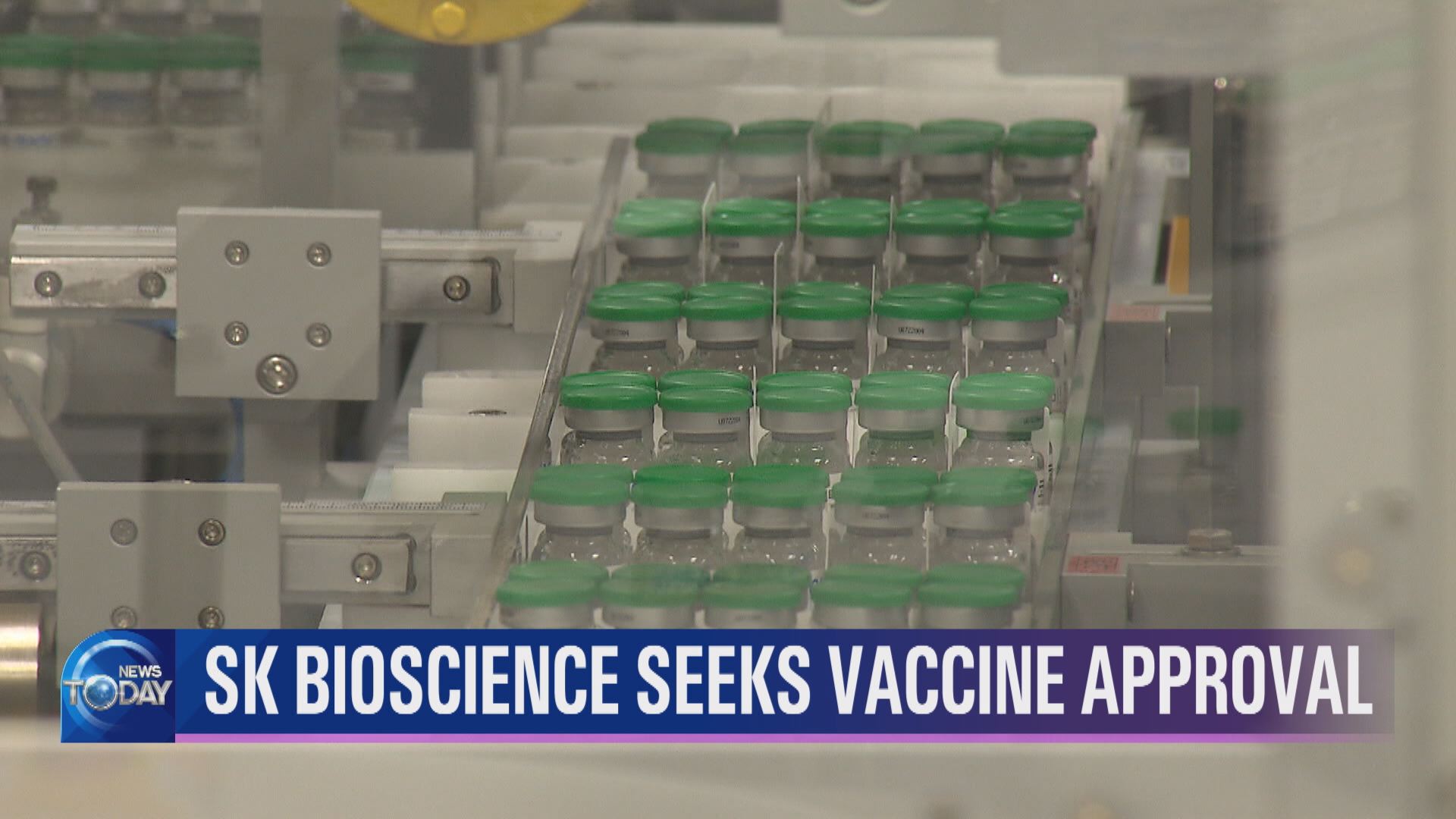

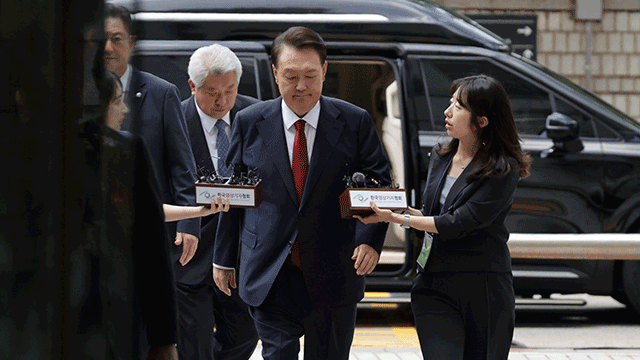
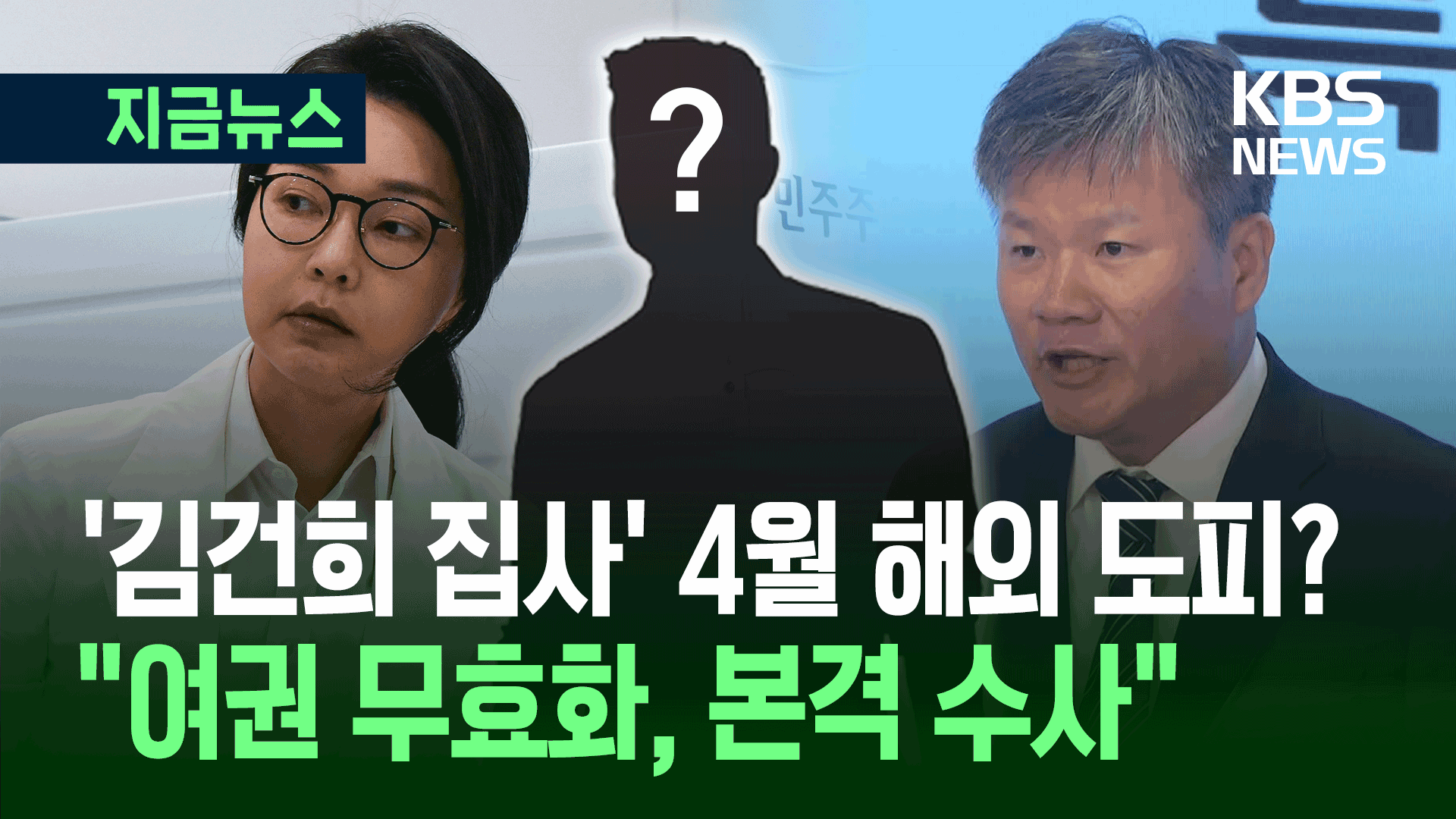

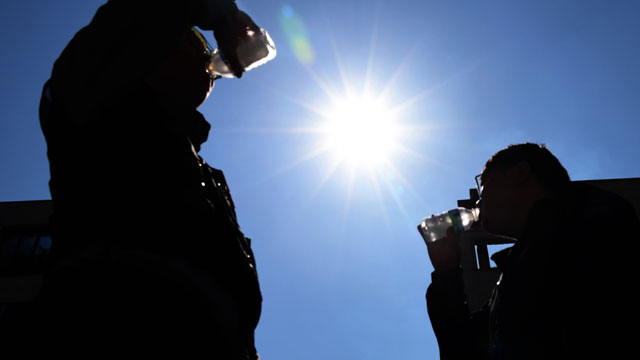

이 기사에 대한 의견을 남겨주세요.